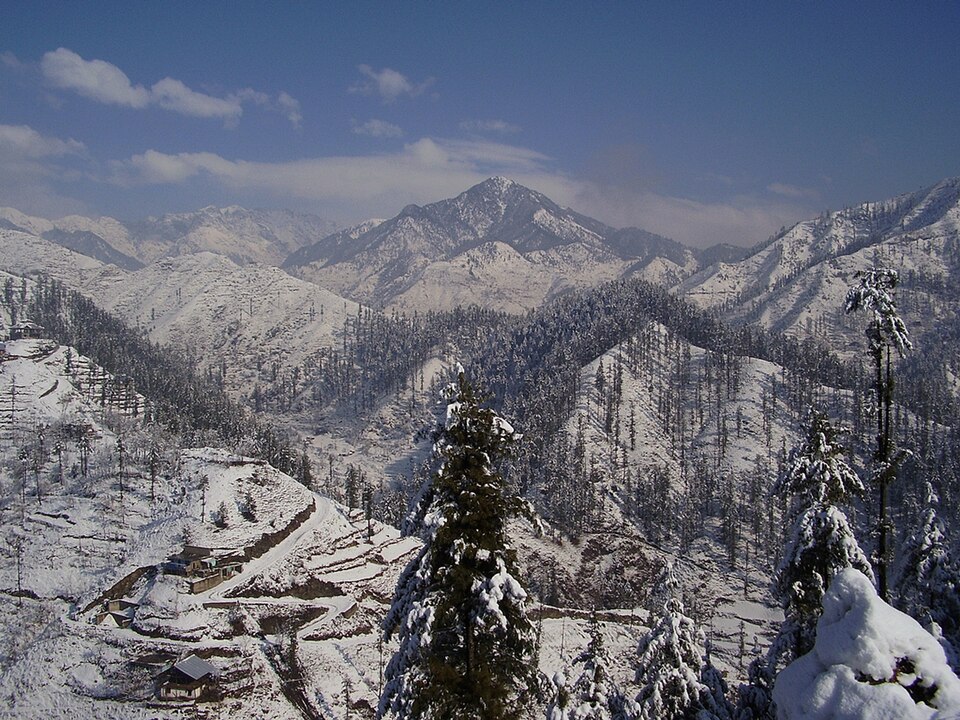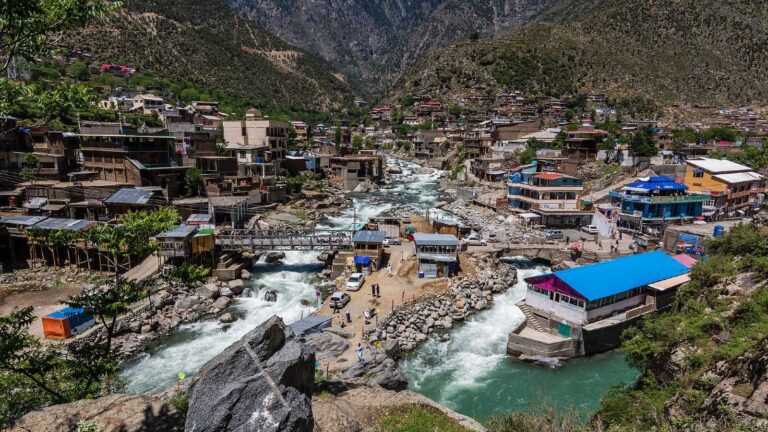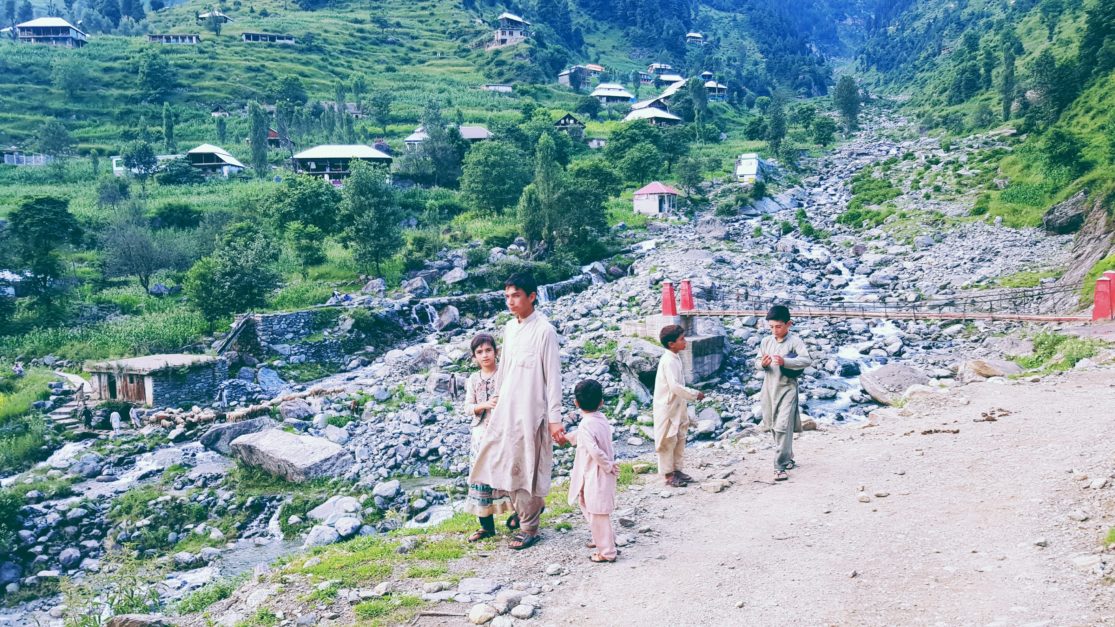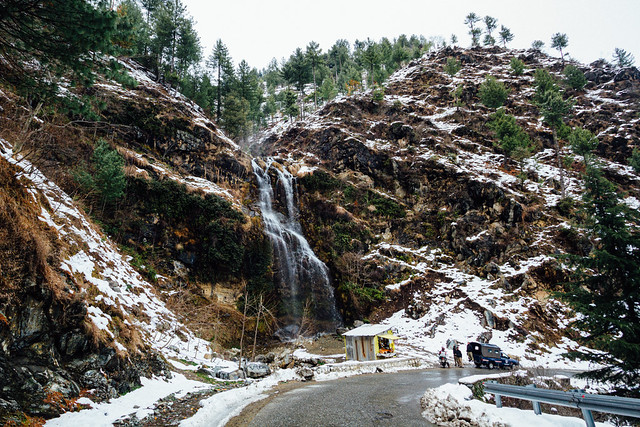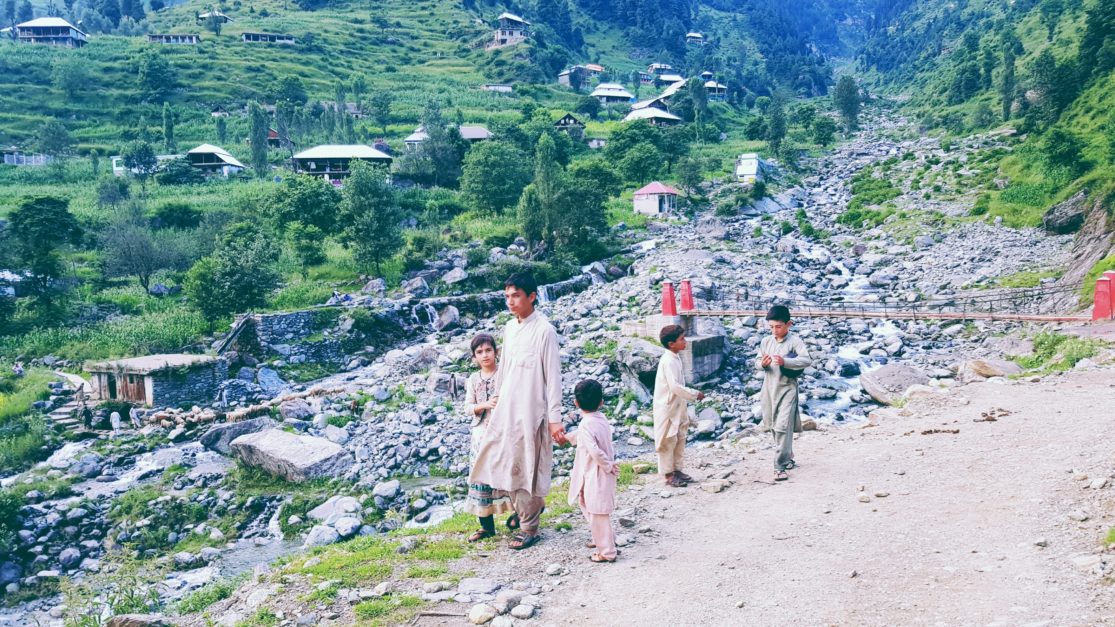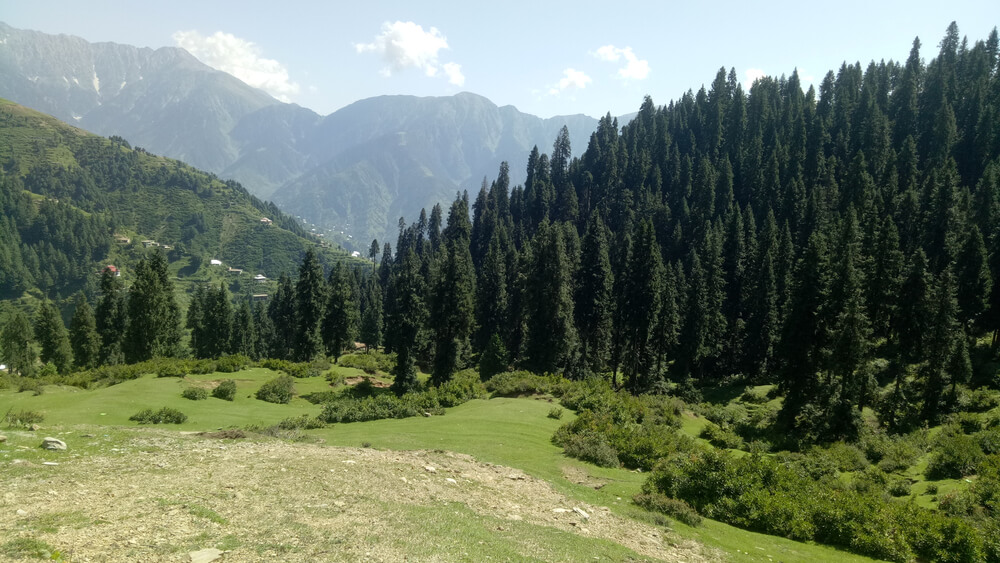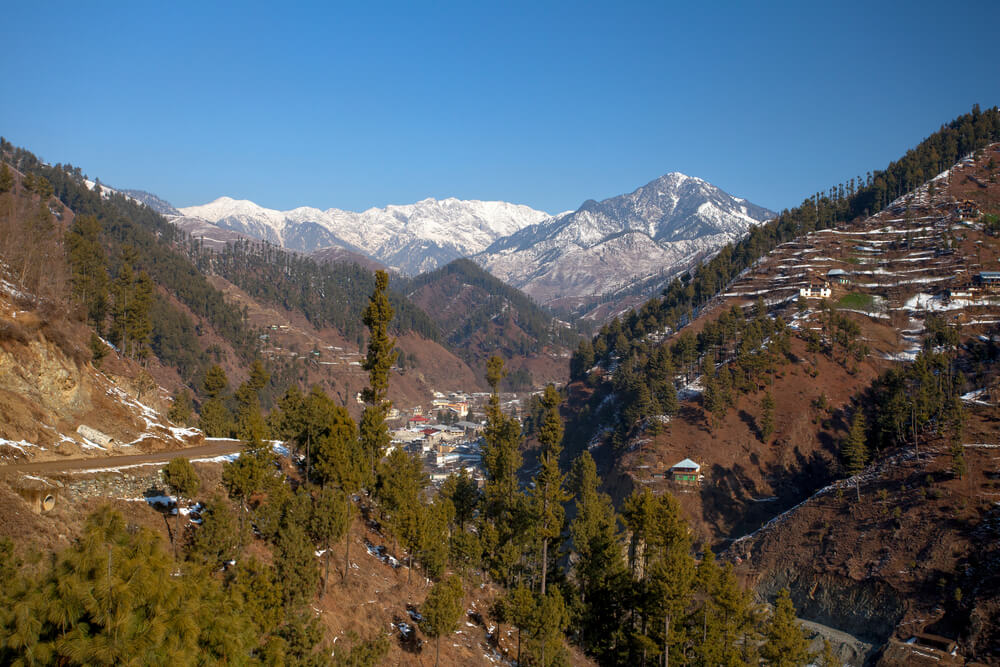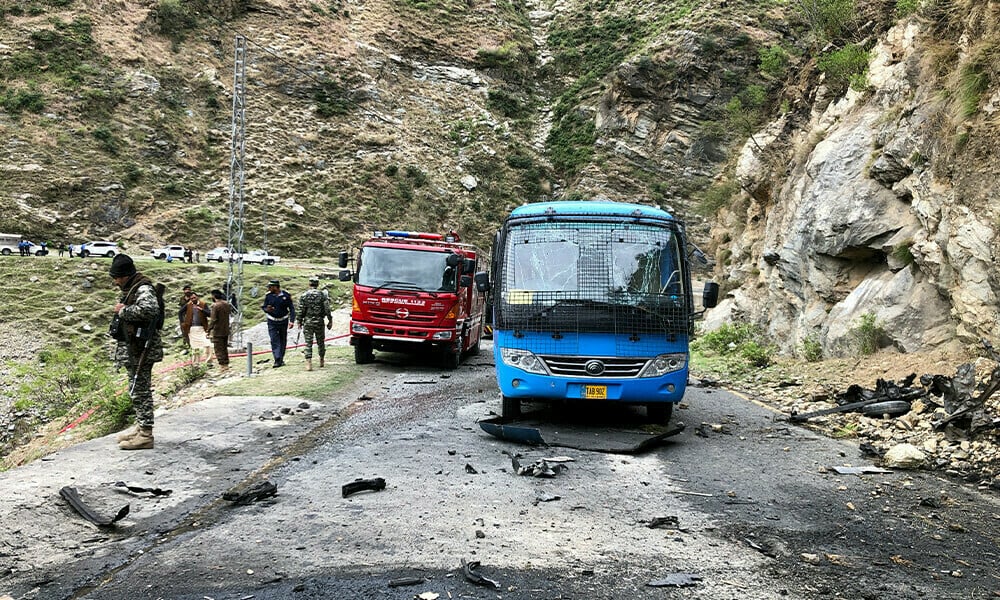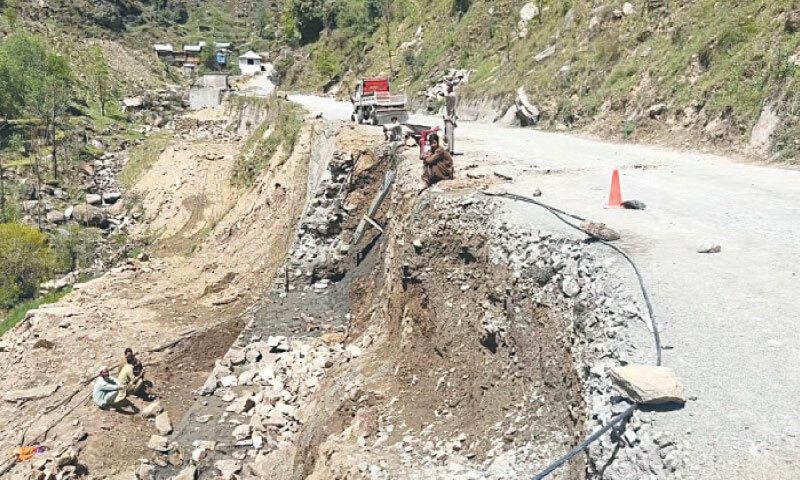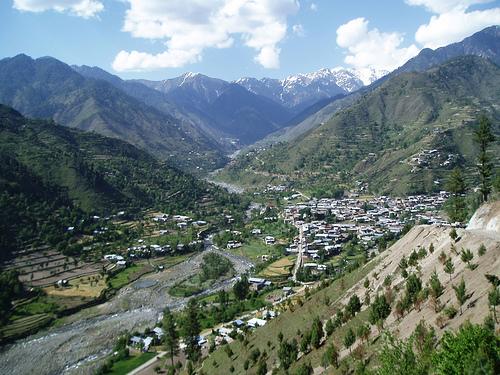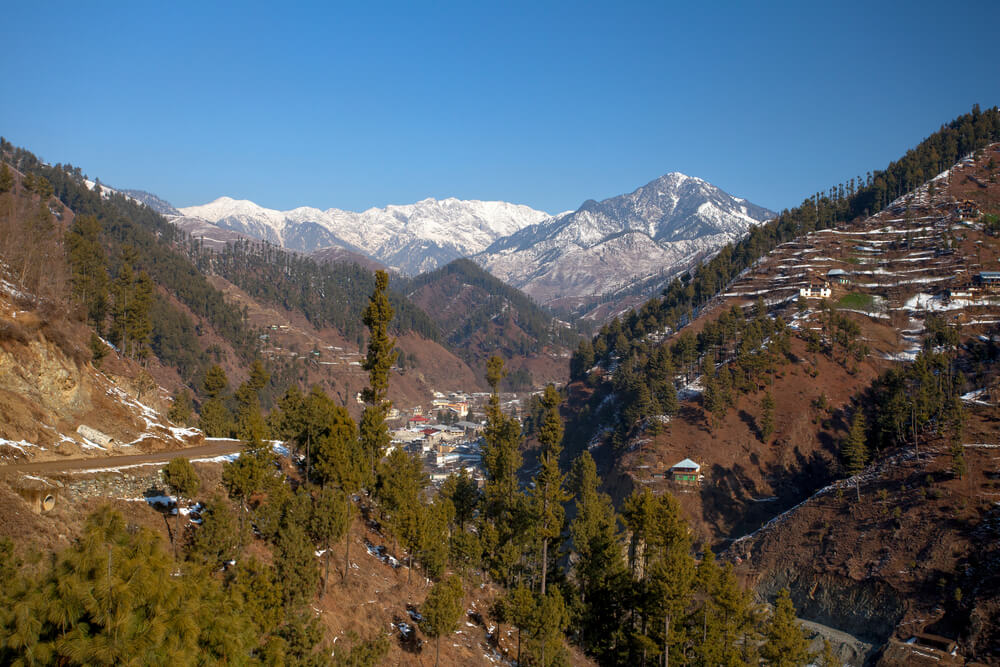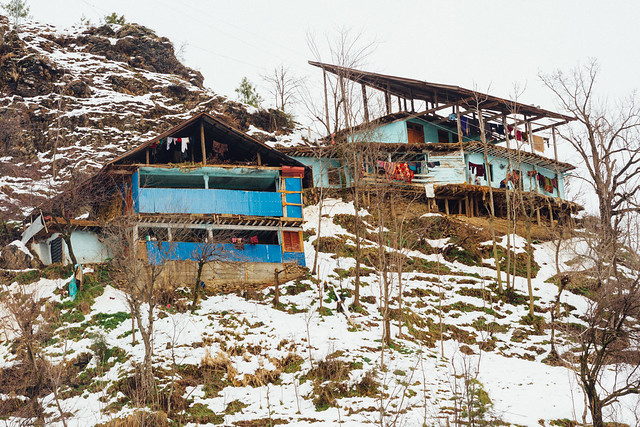
About the Shangla Pass
Architectural and Aesthetic Appeal
The natural aesthetic of Shangla Pass is its greatest architectural marvel. Unlike urban tourist destinations, Shangla Pass remains largely untouched by commercial infrastructure, allowing the landscape itself to be the main attraction. Towering peaks, winding roads, misty mornings, and dramatic sunsets create postcard-worthy views at every turn.
Along the way, travelers encounter rustic wooden bridges, terraced fields, and small villages built with stone and timber. The winding road that leads to the pass is flanked by pine and cedar trees, giving the entire area a forested, alpine feel. The pass provides several viewpoints and rest areas where visitors can stop, relax, and soak in the majestic mountain vistas. During winter, the region transforms into a snowy wonderland, offering a different but equally enchanting visual experience.
Attractions and Activities
Shangla Pass is more than just a travel route; it offers numerous attractions and activities for tourists of all ages. Whether you're an adventure enthusiast or a peace-seeking traveler, there’s something for everyone:
Hiking and Trekking Trails
Numerous hiking trails diverge from the main road, leading adventurers deep into the forested hills. These trails are perfect for trekking, bird-watching, or simply enjoying a walk through nature. Some trails even lead to hidden waterfalls and panoramic viewpoints.
Scenic Photography
The landscape of Shangla Pass is a haven for photographers. Whether it’s the morning mist rolling over the hills or the golden hues of sunset lighting up the peaks, every frame is a masterpiece. The region is particularly popular among drone photographers for capturing aerial views of the winding roads and terraced fields.
Wildlife and Nature Observation
Shangla Pass is home to diverse flora and fauna. Pine, deodar, and oak trees dominate the forest landscape, while birds like Himalayan monals and eagles are commonly sighted. Lucky visitors might even spot foxes, jackals, or mountain goats in the higher altitudes.
Snow Adventures (Winter Only)
In the winter months, the pass is blanketed in snow, attracting tourists for snow-related activities. Children and adults alike enjoy snowball fights, sledding, and simply playing in the soft snow. The area becomes a popular spot for winter picnics and bonfires.
Village Visits and Cultural Interaction
Visiting the nearby villages offers an opportunity to experience local Pashtun culture. Hospitality is a cornerstone of the region, and tourists often find themselves invited into homes for tea or traditional meals. Handicrafts, handwoven shawls, and wooden items are also available in local stalls.
Dining and Local Cuisine
While Shangla Pass does not have commercial restaurants or fast-food chains, its charm lies in the simplicity and authenticity of local food offerings. Visitors can enjoy fresh, homemade meals prepared with organic ingredients in nearby villages or roadside dhabas (eateries). Some popular culinary highlights include:
- Chapli Kabab: A local favorite, made from spiced minced meat and fried to perfection.
- Lamb Karahi: A spicy stew served with warm naan or paratha, often cooked over wood-fired stoves.
- Shinwari Rosh: A traditional slow-cooked mutton dish known for its tender meat and flavorful broth.
- Makai Roti and Saag: A healthy vegetarian option using corn flour bread and cooked mustard greens.
- Green Tea (Qehwa): An aromatic drink infused with cardamom and served after meals to aid digestion and refresh the spirit.
Events and Seasonal Attractions
Although there are no formal festivals organized at Shangla Pass, the region celebrates nature through seasonal changes and local events:
Spring Blossom Viewing
During spring, the valleys and hills surrounding the pass bloom with wildflowers and fruit blossoms. This is an ideal time for nature walks and photography.
Eid and Local Gatherings
On festive occasions like Eid, the local villages hold communal gatherings and traditional music events. Tourists are often welcome to observe or even join in the celebrations.
Winter Snow Season
Between December and February, snowfall transforms the area into a magical white landscape, ideal for winter exploration and snow play.
Why Visit Shangla Pass?
Shangla Pass is an underrated treasure in northern Pakistan, offering an authentic, serene, and culturally rich experience. Here’s why it should be on your travel list:
- Scenic Majesty: The stunning mountain views and fresh air offer a soul-refreshing escape from urban life.
- Adventure Opportunities: Whether it’s trekking, hiking, or winter snow activities, the pass is perfect for adventurers.
- Cultural Encounters: The hospitality of the local communities provides insight into the traditions and lifestyles of the region.
- Unspoiled Nature: Unlike commercialized destinations, Shangla Pass offers raw and unfiltered beauty.
- Budget-Friendly Getaway: With minimal entrance costs and affordable food, it’s an economical yet enriching trip.
Ticket Prices
Shangla Pass is a public mountain pass, so there is no formal entrance fee. However, local communities or village committees sometimes set up small toll points for road maintenance or local tourism efforts. These fees are generally nominal.
- Regular Days: No fixed entry fee, but visitors may be asked to contribute PKR 50–100 per vehicle as a maintenance toll.
- Tourist Season: During peak seasons or special cultural events, the fee may rise to PKR 200 per vehicle.
Timings
There are no fixed operating hours for Shangla Pass, as it is an open public road. However, for safety and comfort, the best visiting times are:
- Spring to Autumn (March–November): Open from 7:00 AM to 7:00 PM (ideal for daytime travel).
- Winter Season (December–February): Travel is recommended from 9:00 AM to 4:00 PM due to snowfall and early sunsets.
Address: MQJ5+2C3, Shangla Rd, Pakistan
